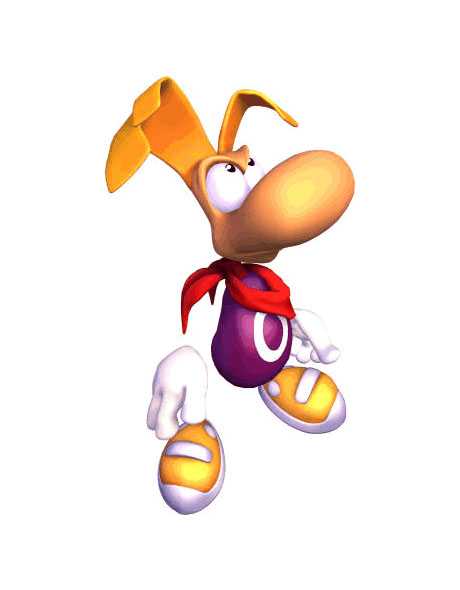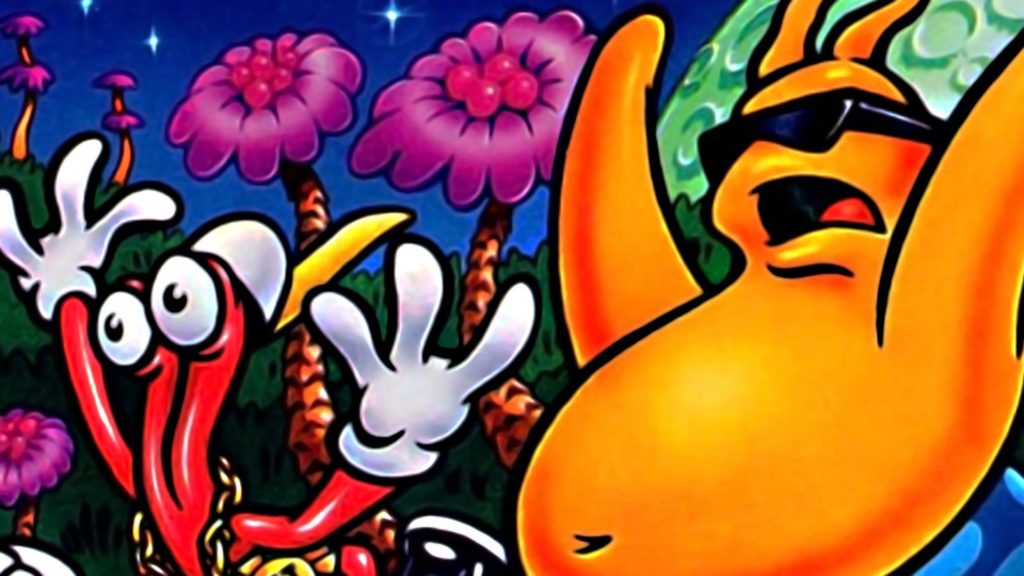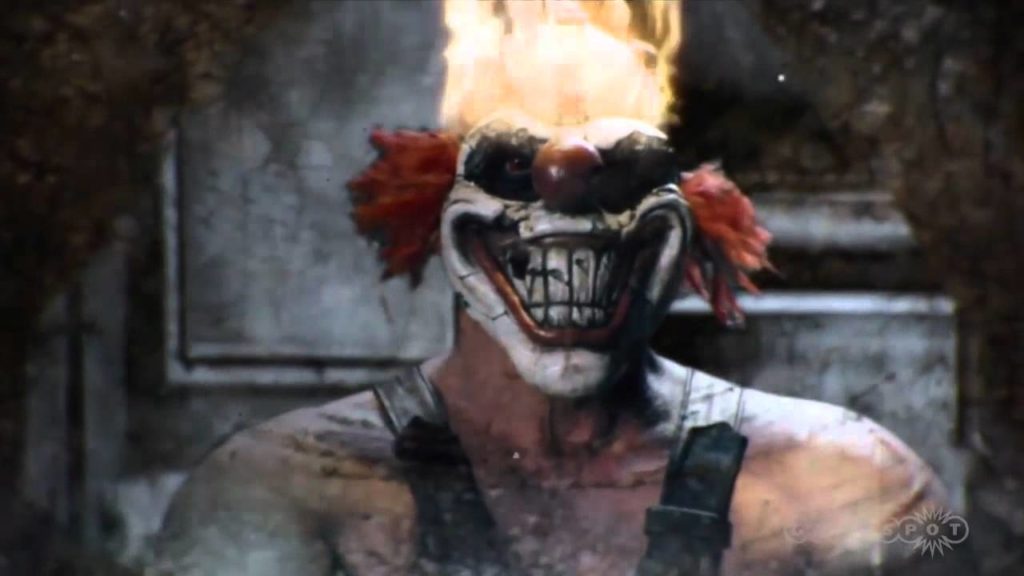Recently, Sonic the Hedgehog was released after being delayed four months to fix its CGI after its first trailer became the laughingstock of the internet. Everyone expected it to be a colossal critical failure and be remembered as a punching bag in geek culture for decades.
That’s certainly what’s happened to the character and his video game franchise. While the Sonic video games were enormously popular in the 1990s, he’s a joke now and the subject of some of the worst video games of all time. Sonic fans are mocked in the same breath as furries. Millennials may have nostalgia for the original games but to say the franchise is still vibrant and well-regarded like Pokemon is simply not true.
So, the stars were aligned. A Sonic the Hedgehog movie released in 2020 was born to be a failure on the level of Cats.
But that didn’t happen. The film broke the record for highest grossing opening weekend for a movie based on a video game and while the reviews haven’t been fantastic, they’ve been decent. It has a 64 percent on Rotten Tomatoes and had you told me that would be the final score last September, I would have called you a liar.
I have not seen Sonic at the time of this writing, but I think I understand what propelled its success. First, it’s virtually the only ”family” movie out right now. Parents will drop their kids off at the theater for a few hours while they unwind. If Sonic is their only option for their kids to see, that’s what they’ll pay for.
But there’s something else. When I saw the first trailer, the one that everyone crucified, my initial reaction was, ”this is the greatest idea 1997 ever had.” A movie based on Sonic the Hedgehog, starring Jim Carey, and with a trailer underscored to Coolio’s classic ”Gangsta’a Paradise?” I felt like I was ten years old again for a brief moment.
That feeling has defined our culture for the past decade and a half. Comic book franchises that are half a century old are what drive the most successful movie franchises now. But video games have always had a rough transition to become films. Even the adaptations that end up making money (like the Resident Evil film series) are treated as separate entities from the games. They’re completely different tonally and don’t replicate the tense experience of running away from an encounter with a Licker in Resident Evil 2.
But Detective PIckachu and now Sonic the Hedgehog demonstrate there is a way to balance fan expectations and Hollywood requirements. And it appears studios are finally willing to listen.
So, where do we go from here? If it’s possible to revive one pop culture artifact, it should be possible to revive others for a cinematic adaptation. I think there are quite a few forgotten video game franchises that are now ripe for cinematic rediscovery. I had a lot of fun looking these up — it’s been decades since I’ve though about some of these games. I can’t help but wonder what a film version would look like.
Oddworld — I remember Oddworld: Munch’s Odyssey being a launch game for the original Xbox and how it was advertised as a killer app for the new console. It didn’t quite work out that way and there hasn’t been a new game in the franchise since 2005.
It’s a shame because the game has a unique premise and mythology behind it. The series takes place on the planet Oddworld and highlight the Mudokens, skinny humanoid creatures that perform manual labor for the upper classes of the planet. The games follow a Mudoken named Abe who is trying to free his people from slavery.
This is all meant to be comedy, but it doesn’t just spoof fantasy games. I’ve played Munch’s Odyssey and it was more of a Chaplinesque satire about the underdog protagonists in video games. Abe and Munch are both hideous but endearing. The games also have one foot in our reality. Abe was apparently inspired by diamond miners in South Africa and is meant as a commentary on how the wealthy exploit indigenous people.
So, would an Oddworld movie look like a kiddie version of Blood Diamond? That wouldn’t be too fun. But there is potential to use the grotesque caricatures into an intelligent commentary on our world and how eager people are to exploit others.
Rayman — I have great memories of playing Rayman 2 on the Sega Dreamcast. That game followed a creature named Rayman who was fighting against a tyrannical pirate robot with an ancient prophecy involving four masks that would activate an ancient god. I remember many others who enjoyed the game. But I can’t remember the franchise lasting beyond those ”Rabbid” games. The last game in the main franchise was released in 2013 and I would be lying if I said I recall any serious pop culture discussion about it since the late aughts.
But the potential for a cinematic franchise is there. Rayman is, at its core, a parody of kiddie fantasy films. The main villains in the second game are robotic pirates. There are fairies and ancient prophecies. Rayman’s chief ally Globox is reminiscent of Patrick from Spongebob Squarepants. There are scenes where Rayman meets the creator of his world and finds a sleepy, long armed deity who is disconnected from the place he created.
There’s a potential for Rayman to be turned into a fantasy film a la Labyrinth or a knowing parody of a B-grade genre a la The Hitchhiker’s Guide to the Galaxy. Either method would be appropriate to capture the spirit of the franchise. It’s straight fantasy in the way it involves ancient prophecies and a Campbell-esque hero’s journey. But I remember the games being very willing to subvert the same things in the way that magic species in the game are introduced by arguing who the real king of their people is — and they never properly figure it out.
It’s a long shot but if Sonic demonstrates anything, it’s that audiences will respond to video game fantasy on the big screen. I believe our armless, legless, neckless friend would be capable of attracting the same fantasy audience. Besides, if that doesn’t work, studios can always try a Minion-esque spinoff with the Rabbids.
ToeJam & Earl —Of all the franchises I’ve listed here, this is the one I’m the least familiar with. The game was a Sega Genesis classic about two alien rappers who have crash landed on Earth. They’re trying to repair their ship and escape. The initial game was followed by three sequels, including one that was released thanks to a funding campaign on Kickstarter. Despite the lack of interest in the property from Sega, the game maintains a strong cult following. Besides, it’s not as though a brand’s reputation has ever mattered to Hollywood.
The game is very much a product of its time, which is why the last game in the franchise failed critically when it was released in 2002. But 90s nostalgia is enormously popular now. What seemed dated and out of touch when the third game was released is something everyone wants to emulate in 2020.
I think there is potential for ToeJam & Earl to easily be turned into a Kevin Hart vehicle. The script could even follow Sonic’s template about a human trying desperately to assist these weird alien creatures.
ToeJam & Earl wouldn’t even need to change much of its core mechanics for a cinematic adaptation the way Sonic had to change its backstory. The premise, with its goofy take on 90s hip hop, already loans itself to a film adaptation. Besides, a trailer underscored by Coolio would be much more appropriate.
Twisted Metal — According to Wikipedia, there was a Twisted Metal movie in development in the early 2010s by the people who made the Crank movies. Sony eventually cancelled the project as they didn’t think the franchise’s fanbase was large enough to justify the budget required to make the movie.
As a reminder, Sonic the Hedgehog cost as high as $95 million to make.
The Twisted Metal series focuses on a demolition derby that may or may not be set up by Satan. All of the participants are serial killers or people seeking revenge for horrific crimes committed against them. The series mascot is literally an evil clown. Whoever wins gets to wish for anything he or she wants. Twisted Metal: Black took the series in a darker direction by explicitly labelling the contestants as serial killers and villains.
But a film adaptation doesn’t necessarily have to go in a darker direction. As Mad Max: Fury Road and The Fast and the Furious demonstrated that car chases and action are incredibly popular combinations. Tongue in cheek humor can also be incredibly effective. The aforementioned Crank movies are perfect examples of that latter trend. They’re hideously violent but simultaneously completely hilarious. Twisted Metal would work incredibly well if it adopts the same tone. And who says the result would be a disaster? The Fast and the Furious franchise wasn’t treated well critically until the producers decided to make it goofier and self-aware. It would be impossible to take a killer clown driving a killer ice cream truck seriously, but this genre can make the concept work.
Worms — Does anyone else remember the Worms games? They were nominally strategy games where one team had to fight the other to the death. The joke was that all the teams were comprised of anthropomorphic earthworms using a variety of over-the-top weapons. They still make mobile games in the franchise, but as far as I can tell there hasn’t been a console version since 2012. And even then, I don’t hear many people talking about using the Holy Hand Grenade to take out a worm overlooking a cliff.
But the concept is tailor made for an animated satire of war films. Can you imagine how absurd a movie about a private earthworm fighting his way through enemy lines would be? Or how ridiculous seeing a worm cry over a fallen comrade who was just taken out by an exploding cow bomb would look? At their best, animated features take adult themes and push them just close enough to the edge to allow everyone to see how trite those films really are.
That was the whole point of the Worms games too. They were meant to show how cartoonish action games are at their core. No matter how many demons you shoot in something like Doom, you have the same goal as you do in Worms.
I’m not sure what the best approach to reviving the franchise would be. Spending $75million to make an adaption of a mobile game doesn’t seem like a wise move…oh, right. Still, maybe someone could develop some short films based on the idea and gauge whether people remember laughing as they shot a bazooka at an earthworm.










Comments